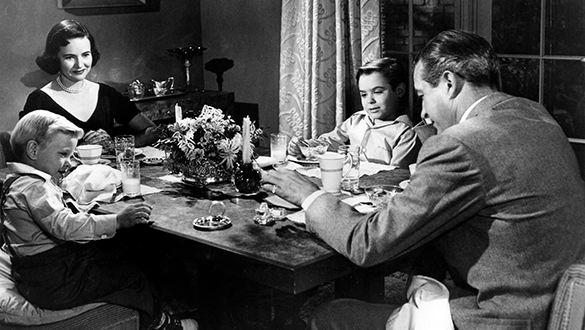
A married, former alcoholic advertiser that is now settled, helps an alcoholic actress to join Alcoholics Anonymous. Soon they fall for each other, but his wife, who thinks his life has become far too sober, finds out their emerging affair. This less commercially successful film, which moreover was ignored in later studies on Stevens, is nevertheless yet another sample of his artistry in developing the characters in depth in shots of cluttered and ambiguous spaces. The vulnerable characters are trapped in bars, hotel rooms, offices and elevators. Noteworthy is the sequence in a pharaoh’s tomb in a museum – an unlikely place for the reaffirmation of human bonds.
George Stevens (1904-1975), born in California, was an important director of the Golden Age of Hollywood. He began as a cinematographer in the films of Laurel and Hardy. His first films are comedies and romantic dramas, which have nevertheless humanist dimensions. During World War II he shot war footage; nevertheless in his post-war dramatic films there exist deeper humanist concerns. Many of his films were nominated for and won Oscars. He won the Best Director Oscar twice for A place in the Sun (1951) and The giant (1956).
Photos: Images courtesy of Park Circus/Universal



